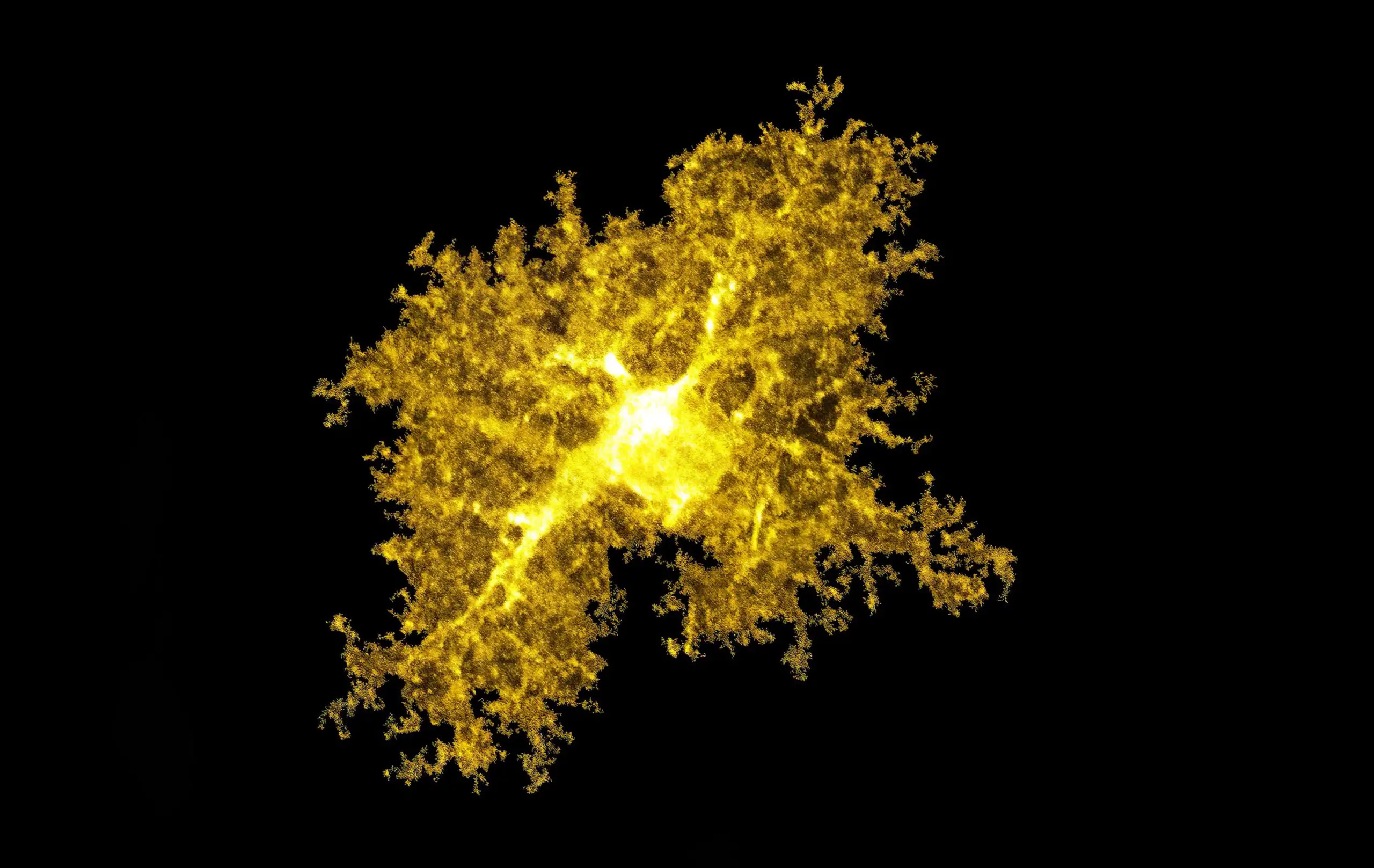Summary of How the Brain’s Support Cells Impact OCD and Open New Doors for Treatment:
A recent study by researchers from UCLA has found that astrocytes, star-shaped cells that support neurons, may play a significant role in obsessive-compulsive disorder (OCD). The striatum, a brain region involved in decision-making and motor control, is thought to be crucial in OCD. The research discovered that a protein associated with OCD in neurons was also found in astrocytes, suggesting that treatments targeting both cell types could benefit OCD and other brain disorders. The discovery advances our understanding of the interactions between neurons and astrocytes by examining protein expression. The study suggests targeting astrocytes and neurons may offer new treatment options for OCD and other brain disorders.
*****
Astrocytes May Play Significant Role in OCD
A recent study by researchers at the University of California, Los Angeles Health found that astrocytes, star-shaped “helper” cells that support neurons, may play a significant role in obsessive-compulsive disorder (OCD). Although previously characterized as the brain’s support system, these complex astrocyte cells may offer new treatment options for OCD and other brain disorders.
The New Clue Behind OCD
The study, published in the journal Nature, examined how neurons interact with astrocyte cells in the brain. However, the team made a surprise discovery when they found that the protein associated with OCD was also present in astrocytes. This discovery implies that targeting both astrocytes and neurons may offer new treatment options for OCD and potentially other brain disorders.
OCD affects an estimated 2-3% of the U.S. population in their lifetimes, with psychotherapy, antidepressant medication, or both typically prescribed as treatment. However, the available treatment is ineffective for a considerable share of patients.
The Role of Astrocytes in OCD
The striatum, a brain region involved in decision-making and motor control, is thought to be crucial in OCD. By studying the proteins expressed by neurons and astrocytes in mice, the UCLA researchers found a protein associated with OCD in neurons was also present in astrocytes. The research adds to our knowledge of the interactions between neurons and astrocytes by examining protein expression.
Joselyn Soto, a neuroscience Ph.D. student at UCLA’s medical school, stated that “these are both major cell types – one doesn’t work without the other… We wanted to understand how these multicellular interactions within this brain region give rise to these complex behaviors, including compulsion and anxiety.”
Future Implications
The researcher’s next step is to explore how cell interactions affect behavior. Soto added that she sees this recent discovery as part of a broader movement to understand the role of astrocytes in neuropsychiatric conditions such as OCD.
Although astrocytes are still understudied and challenging to investigate, the UCLA research added important information to our understanding of these cells. The complexity and diversity of proteins within cells require further exploration to find new treatments for OCD and other mental health disorders.
Baljit Khakh, the study’s corresponding author, stated, “This started from a basic question: what proteins make up this complex cell? We couldn’t have predicted its potential relevance to OCD.” The study demonstrates how pursuing basic biology questions can lead to new ideas about the basis of diseases.
Conclusion
The study, conducted by UCLA researchers, has discovered a new cellular mechanism that involves astrocytes working together with neurons. The research adds valuable insights into the role of astrocytes in OCD behaviors and may lead to new treatment options for OCD and other brain disorders. Although the complexity of astrocytes poses challenges to researchers, the study shows the importance of pursuing basic biology questions to uncover the basis of diseases.



Comments are closed